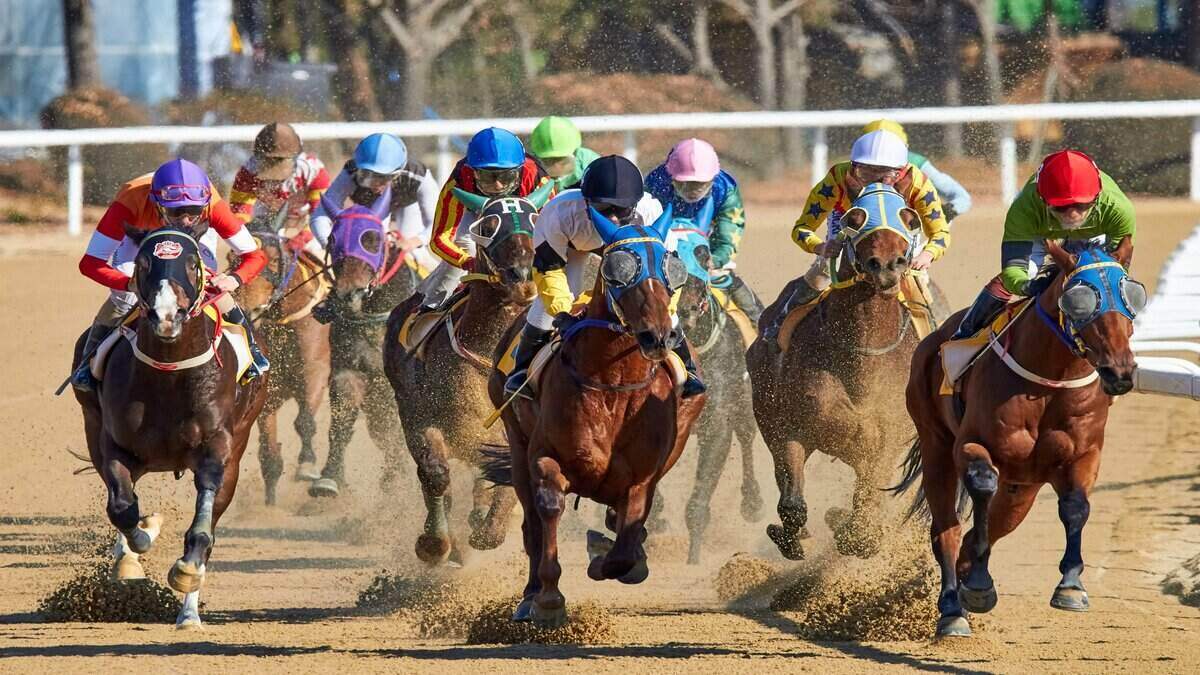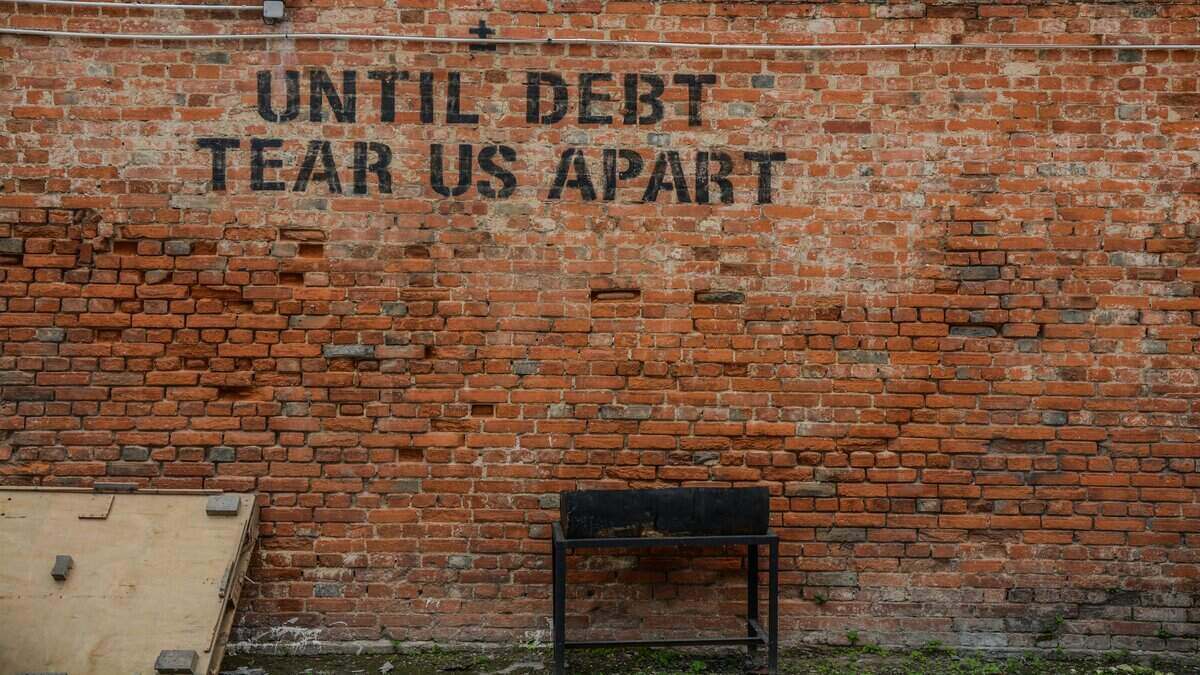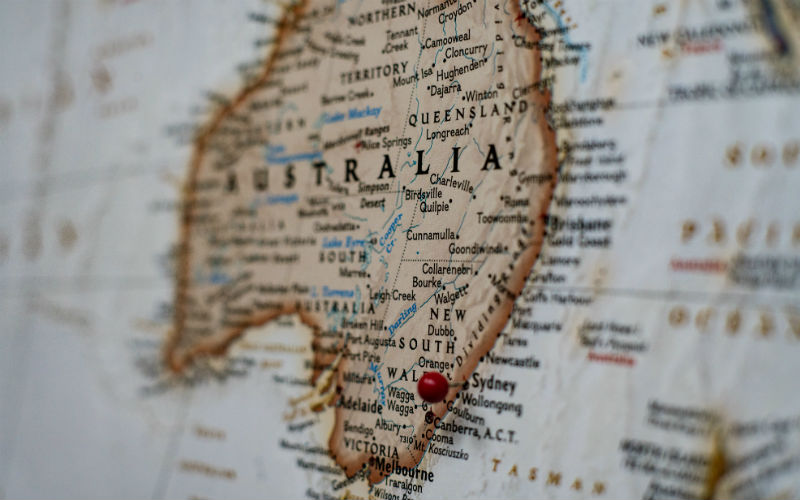The ABS Consumer Price Index (CPI) inflation figures released Wednesday revealed a lift of 1.9% in the December quarter and 7.8% annually.
The 1.9% quarterly increase exceeded the predictions of all four major bank economists.
Economists from CommBank and ANZ were expecting the annual inflation rate to hit 7.7% in these results, while NAB and Westpac had forecast 7.5% and 7.4% respectively.
Annual trimmed inflation also increased to 6.9%, up from 6.1% in the September quarter, placing it well above the Reserve Bank's target band of 2-3%.
This is against a backdrop of 300 basis points' worth of cash rate increases in 2022 - the fastest rate of increases since 1994.
Leading the charge for the increase across the December quarter was domestic holiday travel and accommodation (+13.3%), electricity (+8.6%), international holiday travel (+7.6%), and new dwelling purchases by owner occupiers (+1.7%).
ABS Head of Prices Statistics Michelle Marquardt said the last four quarterly inflation increases exceed any other quarterly results since the introduction of the Goods and Services Tax (GST) in 2000.
"Strong demand, particularly over the Christmas holiday period, contributed to price rises for domestic holiday travel and international airfares," Ms Marquardt said.
"The main factor influencing the rise in electricity prices was the unwinding of the $400 electricity credit offered by the Western Australian Government to all households last quarter.
“This was partially offset by the ongoing impact of the Queensland Government's $175 Cost of Living rebate from September 2022, and the introduction of the Tasmanian Government's $119 Winter Bill Buster electricity discount for concession households."
While vegetables (-10.2%) partially offset the rise in food prices, recent data from UBS found food inflation at Coles and Woolies jumped to an annual pace of 9.2% in the December quarter.
Food inflation was steepest in the fresh food category, with dairy and meat leading the pack, increasing by 14% and 10% respectively.
The quarterly inflation rate of 7.8%, falls shy of the 8% figure the Federal Budget and RBA tipped as the top of the current cycle.
Today, the ABS also released the monthly CPI indicator for December.
The monthly indicator rose 8.4% in the 12 months to December, following annual rises of 7.3% in November and 6.9% in October.
When will inflation peak?
Here’s what some of Australia’s leading financial institutions had to say in their forecasts.
RBA
The RBA expects both headline and underlying inflation to decline to just above 3% by the end of 2024 before continuing to decline, adding that higher electricity and gas prices were expected to slow the return of inflation to the target range.
CommBank
CommBank head of Australian economics Gareth Aird expects inflation pressures to abate relatively swiftly in 2023.
“The worst of the inflation ‘problem’ is likely behind us. The global picture very much supports this view as inflation is moderating across many economies, albeit to varying degrees” he said.
“Easing commodity prices from their mid 2022 highs, dissipating supply chain disruptions, and slowing goods demand have been important factors. We expect this dynamic to play out in Australia too.
“CBA expects inflation to fall to 4.8% by the end of June next year and then 2.8% 12 months after that.”
ANZ
ANZ Senior Economist Catherine Birch said inflation isn’t likely to get back into the RBA’s 2-3% target band until the second half of 2024.
“Inflation in Australia is too high at the moment, far outpacing wage growth. Real wages have fallen 3.3% over the past year and the purchasing power of households is falling,” Ms Birch said.
“The RBA wants inflation to get lower - but not too low when we consider for several years leading up to the pandemic inflation was undershooting the RBA's target of 2 to 3%.”
NAB
NAB Economist Taylor Nugent expects inflation to ease over the next two years, reaching 3.2% by the end of 2024.
“The RBA will have growing confidence that some of the sectoral drivers of the initial inflation surge are turning disinflationary and support a material retreat in inflation through 2023,” Mr Nugent said.
“But that will not, by itself, get inflation back to target sustainably.
“Key for the RBA remains the outlook for wage growth, the extent to which wage and price setting behaviour has shifted, and what this means for whether inflation will fall sustainably back to target.”
Westpac
Westpac Chief Economist Bill Evans expects headline inflation in 2023 to slow to 3.7%, well below the Bank’s current forecast of 4.7%.
“While lower than the current official forecast the annual print in 2023 will still be well above the Bank’s 2–3% target range, most likely precluding it from easing policy anytime in 2023,” Mr Evans said.
“Supply issues, which represent global pressures, associated with housing; goods; food; and fuel will all generate downward pressure on inflation.”
Rate hike in February almost certain
The RBA has tightened monetary policy swiftly and aggressively in an effort to put downward pressure on aggregate demand and in turn inflation.
In order for inflation to return to the RBA’s 2-3% target range, economists at the big-four banks expect another 25 basis point increase to the cash rate in February.
Mr Aird anticipates the RBA will lift rates just once more in 2023.
“We consider our forecasts for both headline and underlying inflation to be consistent with the RBA increasing the cash rate by 25 basis points at the February Board meeting,” he said.
“But it is not a done deal, particularly as the RBA has indicated they are willing to pause in the tightening cycle.”
This would take the cash rate to 3.35%.
Economists at ANZ predict the RBA will likely have three more 25 basis point increases by May to bring the interest rate to 3.85% before the hikes end.
Dylan Zhang, ASX Equities Analyst at Stake, said today’s higher than expected headline inflation figure confirms inflationary pressures have not yet peaked.
“It’s likely we’ll see a 25 basis point hike at the next RBA meeting but a 50 basis point hike is not unthinkable,” Mr Zhang said.
“With the RBA’s cash rate at 3.1% and inflation running at 7.8%, the real interest rate remains at -4.7%.
“If we look back to May 2022 at the start of the rate hike cycle, the real interest rate was -5.15%, not much lower than now.”
See Also: What to expect financially in 2023
Image by Andrea Piacquadio via Pexels



 Harry O'Sullivan
Harry O'Sullivan
 Harrison Astbury
Harrison Astbury




